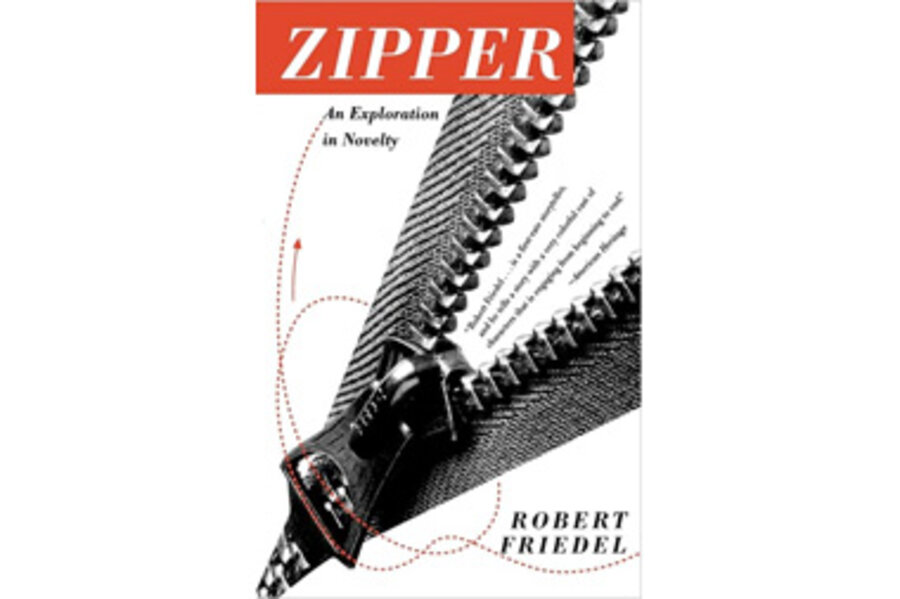Gideon Sundback, a native of Sweden who came to America in 1905, is today best known for his creation of the zipper. While working as an employee at the Universal Fastener Company in New Jersey, he expanded upon research done by other inventors such as Elias Howe into the creation of a device like the zipper. Because of his work, Sundback was given the Gold Medal of the Royal Swedish Academy of Engineering Sciences. While the engineer created a fastener in 1913 that didn't fall apart and was brought together by a single metal piece, he himself did not come up with the name "zipper" – the term was coined by the company B.F. Goodrich when they decided to put the zipper on the boots they sold as a fastener in 1923.
Friedel's book follows the history of the humble zipper, from its beginnings as a somewhat distrusted device – early models would occasionally fail or open, to the displeasure of their wearers – to its current place as one of the most memorable inventions of the twentieth century, as pop culture figures like Marlon Brando and the Rolling Stones brought it into the average American home.







